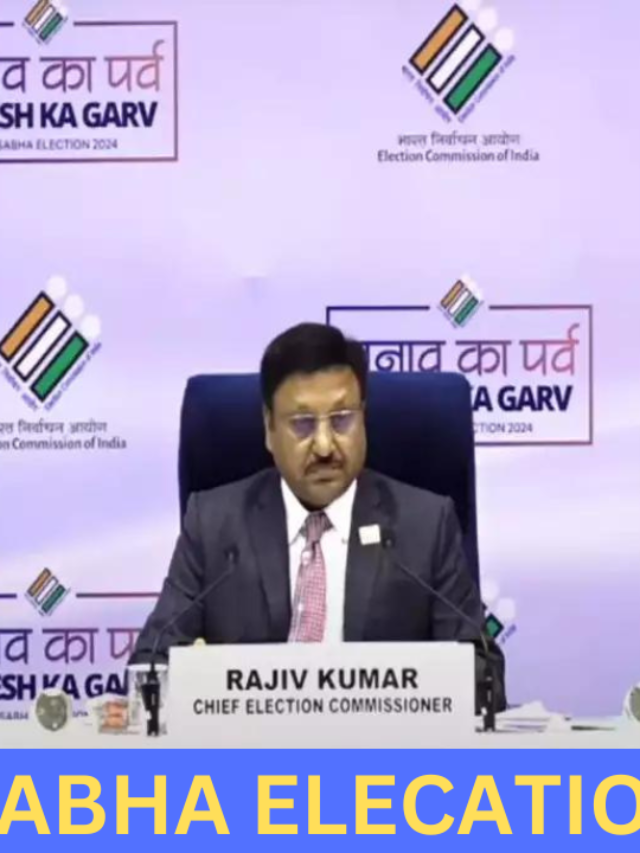Survey Methodology and Analysis
The survey predicting Narendra Modi’s historic win of 411 seats was conducted with a comprehensive and meticulous approach aimed at ensuring accuracy and reliability. The sample size for the survey was substantial, encompassing 50,000 participants from diverse demographics across various regions of India. The selection process was randomized to include a proportional representation of different age groups, genders, socio-economic statuses, and educational backgrounds. This diversity ensures that the survey results reflect a wide spectrum of voter opinions.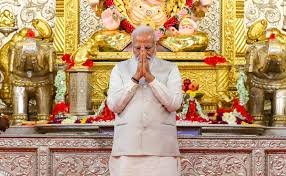
The survey covered all major regions of India, including urban and rural areas, to capture regional variations in voting behavior. The data collection was carried out over a period of six months, allowing for an in-depth understanding of evolving political sentiments. Advanced statistical techniques, such as stratified sampling and weighting, were employed to enhance the accuracy of the predictions. These methods helped to correct for any potential biases and ensured that the survey results were representative of the entire population.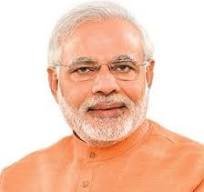
In analyzing the survey results, comparisons were made with previous election outcomes and other contemporary surveys. Historical data from the last three general elections were scrutinized to identify trends and shifts in voter behavior. The analysis revealed a significant increase in support for Narendra Modi, attributed to his policies and effective campaign strategies. Key factors influencing voter behavior included Modi’s economic reforms, social welfare programs, and strong leadership image. Public perception of his handling of national security and foreign relations also played a crucial role in garnering widespread support.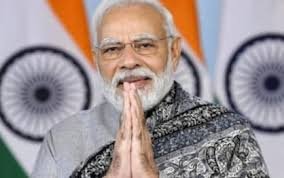
The predicted landslide victory of 411 seats is indicative of a consolidated voter base, driven by a combination of Modi’s governance track record and strategic outreach efforts. The survey’s findings underscore the importance of demographic inclusivity, robust methodology, and contextual analysis in understanding electoral dynamics. This comprehensive survey provides valuable insights into the factors shaping the political landscape and the electorate’s growing confidence in Narendra Modi’s leadership.
Implications of a 411-Seat Victory
Narendra Modi’s potential victory with 411 seats carries profound political, social, and economic implications for India. Such a decisive majority would enable the Modi administration to govern with unprecedented legislative efficiency, minimizing the constraints typically posed by coalition politics. With a strengthened mandate, the government could expedite the passage of key reforms, particularly those related to economic growth, infrastructure development, and social welfare. 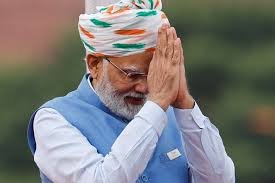
Politically, a 411-seat victory would significantly alter the dynamics within the Parliament. The opposition would be considerably weakened, potentially leading to reduced scrutiny of government policies. This may result in swifter decision-making processes but could also raise concerns about the checks and balances essential for a healthy democracy. For the opposition parties, this scenario would necessitate a strategic reassessment, fostering potential realignments and coalitions to remain relevant in the political landscape.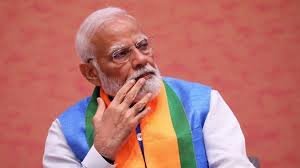
On the domestic front, the Modi administration would likely intensify its efforts on initiatives such as the “Make in India” campaign, aiming to boost manufacturing and create jobs. Social policies, including healthcare and education reforms, could see accelerated implementation. Such a majority would also empower the government to address contentious issues like land acquisition and labor laws with greater authority.
In terms of foreign policy, a robust mandate would bolster India’s position on the global stage. Modi’s administration could pursue a more assertive stance in international relations, enhancing India’s strategic partnerships and influence in global forums. This could lead to stronger ties with major powers, increased foreign investments, and a more prominent role in international trade negotiations.
Public expectations would be exceedingly high following such a historic win. The promises made during the campaign would be under intense scrutiny, with citizens anticipating tangible improvements in their daily lives. The Modi administration would need to balance ambitious reforms with inclusive growth to meet these expectations.
Globally, Narendra Modi’s historic win would be closely watched, signaling a stable and decisive government. This perception could attract international investors and enhance India’s economic prospects. However, it would also come with the responsibility of maintaining diplomatic relations and addressing any global concerns about domestic policies.

